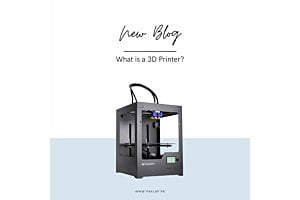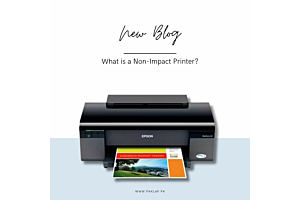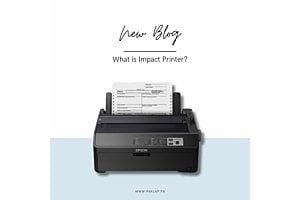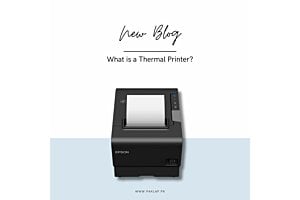What is an Inkjet Printer?
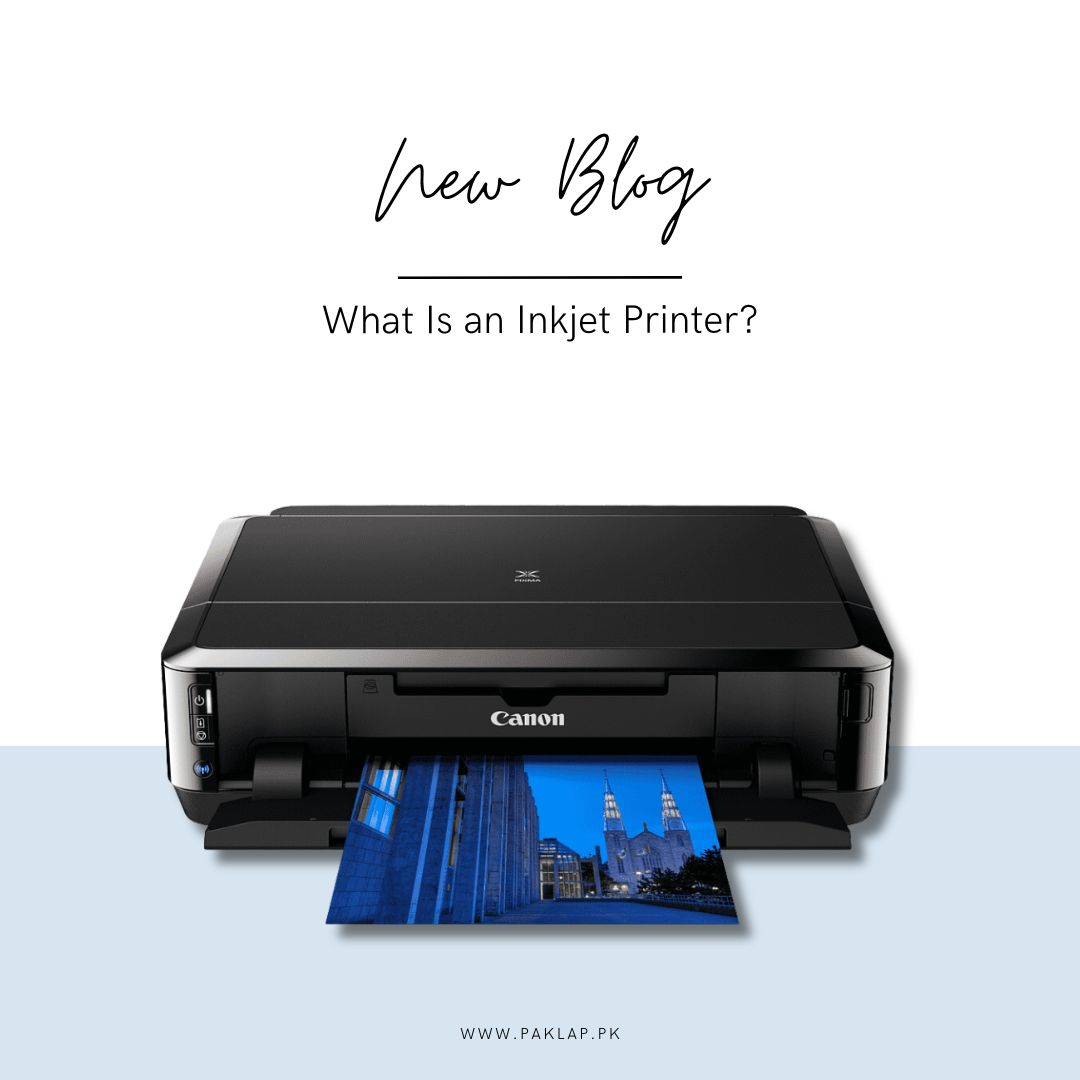
The Inkjet Printers belongs to a group that use ink technology to bring images and documents to life. These machines are meant to operate by spraying up ionized ink delicately - and this process is guided by magnetic plates onto a paper as it goes through a printer. These printers have become quite popular for both - households and businesses due to their relatively lower costs as compared to their alternative options.
Working
The inkjet printer is composed of three main parts namely printhead, paper feeder, and ink cartridges. These are excellent at creating colorful pictures and photos that have sharp and clear details. The best thing is that it is able to handle many different types of paper, although it works better when you are using nicer paper.
This machine is mainly used to transform digital files and turn them into tangible copies. This process of conversion is carried out by using specialized software that is known as a driver. The driver acts as a linguistic intermediary and helps in interpreting the digital text or image files into a format that is understandable by the printer.
Once the translation of the driver is completed, the printhead which is a key component in housing the ink cartridges is going to get all the information. Myriad minuscule apertures lie within the printhead and these serve as conduits for the ink. When under pressure, the ink is pushed through these apertures and forms numerous individual droplets.
Here, the printhead is going to transverse the page at a rapid pace, and these diminutive droplets will be dispersed strategically according to it – and this is going to gradually piece together the desired text or image. For inkjet printers that have an automatic double-sided printing functionality, the page goes through inversion so that it can also print on the reverse side.
The duplex unit helps out in the reversal process and it employs a sophisticated interplay of stepper motors and rollers so that they can guide the paper through a pathway that can flip it over, and hence give the print head access to both sides.
The paper is ejected when the printing process is completed and this usually takes place in an expandable output tray that is designed to accommodate many different pages. This sequence will continue till the entire document has been reproduced on paper. The advanced models can achieve speeds that exceed 40 pages per minute, which helps enhance productivity and efficiency in various tasks.
Advantages of Inkjet Printers
These machines tend to offer a much higher degree of advantages as compared to many other printer types - and this helps make them a popular choice in the printing world.
One of the best advantages is that inkjet technology has the ability to produce prints that are very vivid and offer sharp and crisp detailing. With the use of highly pigmented inks, these can accurately help in reproducing the colors and capture the little details which makes them an excellent choice for all the tasks that involve image-heavy printing like graphic designing or photography.
In addition to that these machines also have low initial hardware costs when you compare them with a laser printer. While laser printers are the ones that offer a lower cost per page when you have a higher print volume, the upfront investment when you buy an inkjet printer is usually more within the budget.
Also, you would be thrilled to know that these machines are as compact in size as the laser ones. This means that you can easily keep them even if you are low on space.
One more advantage is that there is no start-up time. While the laser ones need time so that they can warm up before they can initiate the process, the inkjet printers can get down with the process almost instantly. Because of the quick start, you can get tasks done efficiently while decreasing the waiting time for all the users, especially when you are printing out some urgent documents. These printers have even less noise than other printers like dot matrixes and lasers which helps in giving it an edge too. With their quiet operation, they are superb in fitting up with quiet work environments which ensure minimal disruption when you run printing tasks, even in areas that are noise-sensitive.
Overall, the combination of superior print quality, affordability, compact design, instant start-up, and quiet operation helps make these printers a versatile and practical choice for a wide range of printing applications, from everyday documents to high-quality photo prints.
Disadvantages of Inkjet Printers
Inkjet printers also come with some drawbacks that you definitely should consider.
The first thing is that the printhead - which is a very important component, is quite fragile and can easily be the victim of clogging or damage - and this will end up affecting the quality of the print.
You can also end up with a lot of costs from the replacement of the cartridges which will end up in the long-term expenses of owning this machine. Moreover, these printers are not ideal for high-volume tasks due to their relatively slower speed compared to laser ones.
Another issue is ink bleeding, where the ink may spread sideways on certain types of paper, causing blurred effects and impacting readability. Furthermore, the aqueous ink used in inkjet printing is sensitive to water, meaning even a small drop can lead to smudging or blurring of the printout. Lastly, inkjet printouts are not compatible with highlighter markers, as the ink tends to smudge upon contact, compromising the legibility of highlighted text. These limitations should be considered when deciding whether an inkjet printer meets one's printing needs.
